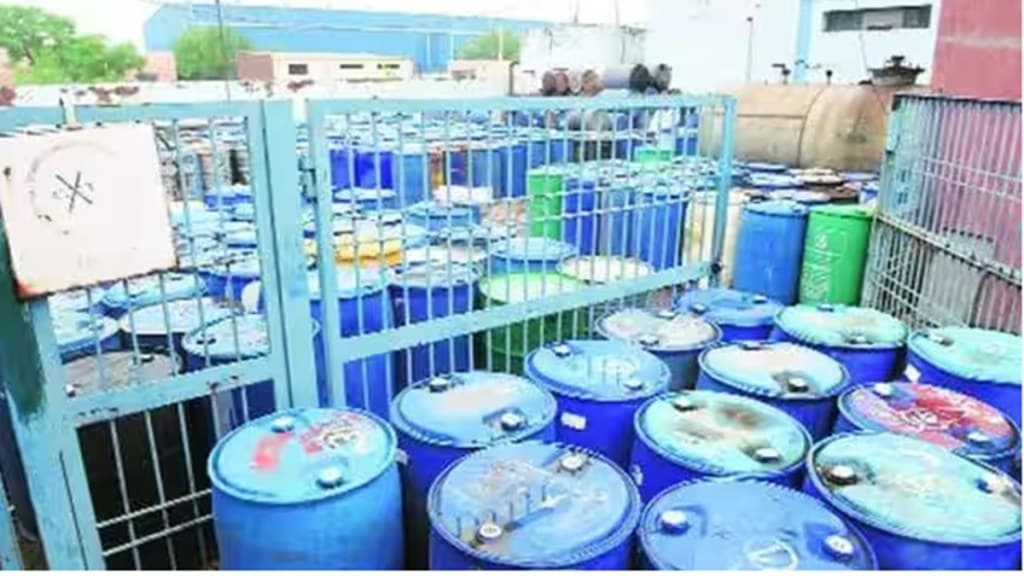By Jyotivardhan Jaipuria
We have profited from the surge in stock prices of the chemical sector which is a play on our larger theme of China Plus One. Over the past few years, specialty chemical companies have experienced a significant upsurge in performance, primarily fuelled by strong demand, high commodity prices, and limited competition from China.
However, the sector is now facing a double whammy: valuations have surged and are now expensive with little margin for anything going wrong fundamentally. At the same time, business is slowing.
There were warning bells at the beginning of the year, when many global chemical companies sounded cautious in the near term. However, with several global chemical companies issuing profit warnings in June and July, the market is now anticipating that CY23 will likely be a washout. With demand being subdued, destocking of the high inventory is likely to drag on for the better part of this year.
Indian chemical companies are facing three challenges in the near term. First, the volume growth will be subdued as their main customers, which are the global chemical players, grapple with the weak demand environment. Secondly, profitability will be weak as prices remain under pressure across most segments and products. China‘s aggressive re-entry into the global market has led to a fall in commodity prices across the board since the demand environment was already weak. Thirdly, agrochemical companies in India are facing the additional threat of El Nino, which could lead to a disruption in monsoon and a lower agriculture crop.
While the surge in monsoon in the past few weeks has brought aggregate rainfall in normal territory, sowing remains uneven, with rice and cotton sowing down by 26% and 14% y-o-y, respectively. Secondly, El Nino is expected to hurt monsoons in the second half of the season. It is worth reminding everyone that a poor monsoon not only affects kharif or summer crops, but also has implications for the rabi or winter crops.
While we think chemical stocks will be weak over next few months, it would be an opportunity to buy businesses which will outperform substantially over the next five years. We would highlight two segments in the chemical space. The first is the fluorochemicals segment which we think is a more secular growth story. The outperformance of fluorochemicals is expected due to the increasing emphasis on technologies and industries such as EV batteries, 5G smartphones, semiconductors, auto components, solar panels, and hydrogen fuel cells, where these chemicals play a crucial role.
Secondly, in the agrochemicals sector, companies that focus on contract manufacturing for innovators are likely to experience limited impact from destocking. This limited effect is attributed to the absence of significant Chinese competition in the products handled by these players. Lastly, in general, we would highlight that segments with diversified end-user base and geographical reach are better positioned to navigate the challenging demand environment.
(The writer is founder & MD, Valentis Advisors)


